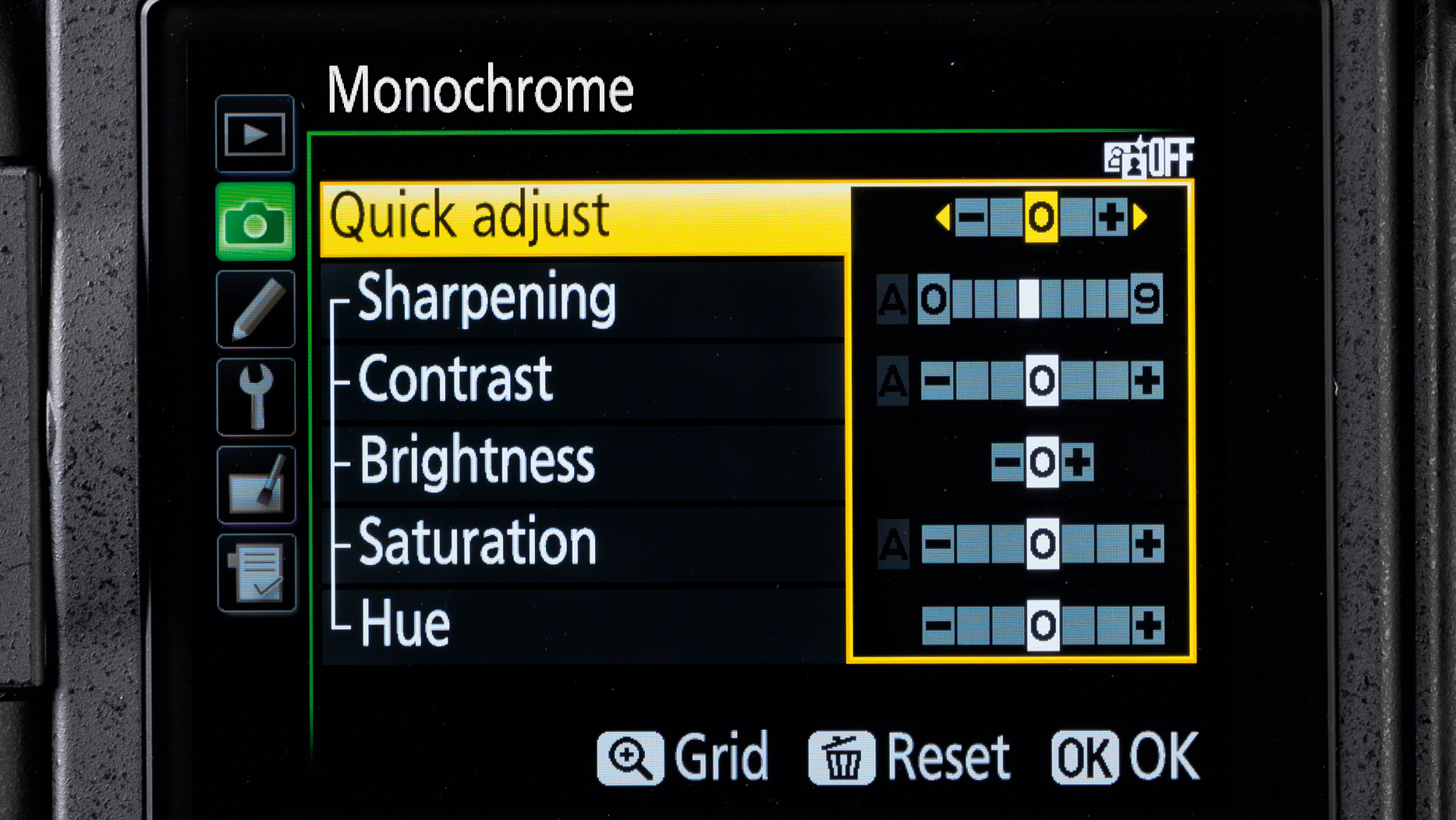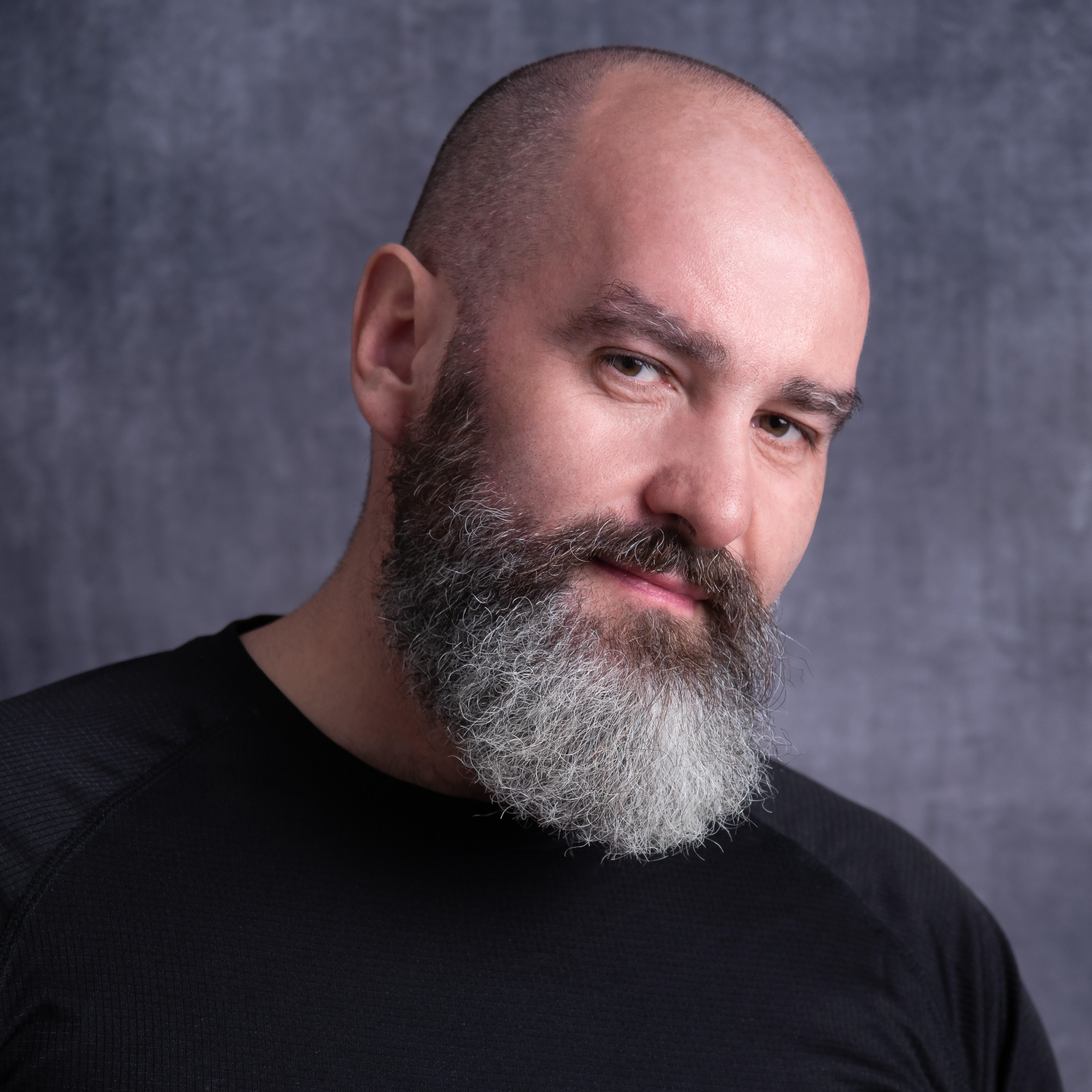Limiting your choices as a photographer is a brilliant way to improve your craft
Sean McCormack shows you five simple exercises to limit the variables and help you become a better photographer
In order to understand something, scientists will often fix one variable and study how the environment reacts. Once they’ve collected the data, they’ll repeat it by fixing other variables and build another data set. Combining the knowledge from these will yield predictable results. As a photographer, you can use this to become more proficient. How, you might ask? Well, there are many ways to fix a variable in photography, so here’s a few to get you started.
1: Use a prime lens
Pick a focal length and stick to it. It could be using a fixed lens camera like the Fujifilm X100VI, with a 23mm (35mm full frame equivalent) or simply choosing a prime lens. This restriction forces you to come up with more creative ways to frame subjects. Often, this gives unique views you would never consider from either end of a zoom. Personally, shooting a festival with the X100VI was an eye-opener for someone like me that normally uses a bag of zooms.
2: Shoot using a Black and White mode.

Most modern cameras have styles, modes, or emulations. Among them is a Black and White mode. If you’re shooting Raw, then the full color is being captured, you’re merely previewing in monochrome. The lack of color attunes you to form and tone. You start looking for contrast and shape to make your photos. The world simplifies, and your photos become more graphic.
3: Fix your aperture
By choosing a depth of field, you can start to consider how the subject looks in such a world. Shoot your landscapes at f/4 for example. Usually f/8-f/16 would be typical for these so you have to slow down and consider placement, foreground and background.
4: Leave your tripod behind
Landscapes often require longer shutter speeds, so the camera needs to be steady. Modern image stabilization is excellent and there is potential for shots at ½ sec-enough to smooth flowing water. Get out there and learn to handhold those slower shots. Or just run and gun to get more shots from a location.
Use limitations to your advantage and become a better photographer. Start with this list and add your own ideas to it. Bring an LED panel and always use it. Only shoot moody landscapes. The list goes on.
Pick one and run with it. You may find one that becomes your style forever.
The best camera deals, reviews, product advice, and unmissable photography news, direct to your inbox!
Other articles by Sean McCormack…
- I switched camera systems, and this is the lens that really surprised me
- I can't believe I actually bought this camera
- These two lenses could do 90% of your photographic work
- Does copying other people's photos count as theft or inspiration?
- There's only one person you need to be better than as a photographer
- Other articles by Sean McCormack
- I switched camera systems, and this is the lens that really surprised me
- I can't believe I actually bought this camera
- These two lenses could do 90% of your photographic work
- Does copying other people's photos count as theft or inspiration?
- There's only one person you need to be better than as a photographer
- Other articles by Sean McCormack
- I switched camera systems, and this is the lens that really surprised me
- I can't believe I actually bought this camera
- These two lenses could do 90% of your photographic work
- Does copying other people's photos count as theft or inspiration?
- There's only one person you need to be better than as a photographer
Sean McCormack is a commercial, and editorial photographer, book author, and regular contributor to Digital Camera magazine based in Galway, Ireland. He has extensive experience with Lightroom, dating back to its original beta version, and has tried out just about every plugin and preset available. His latest book is Essential Development 3: 25 Tips for Lightroom Classic’s Develop Module.




